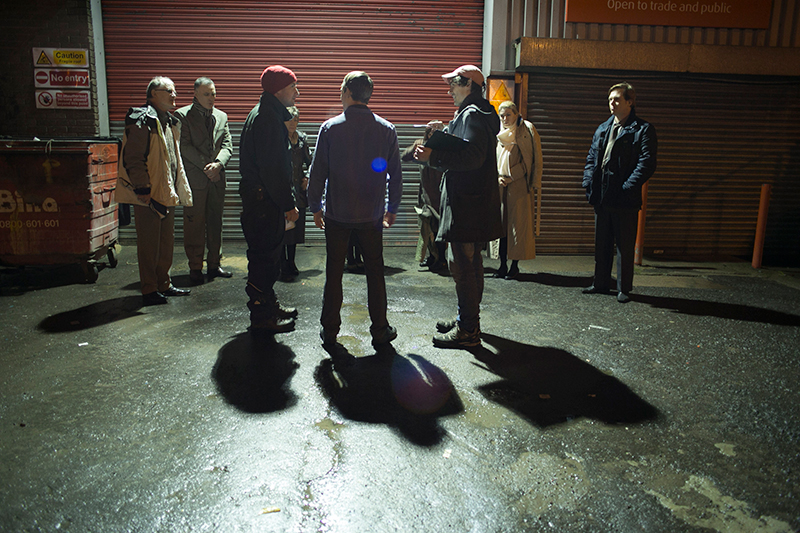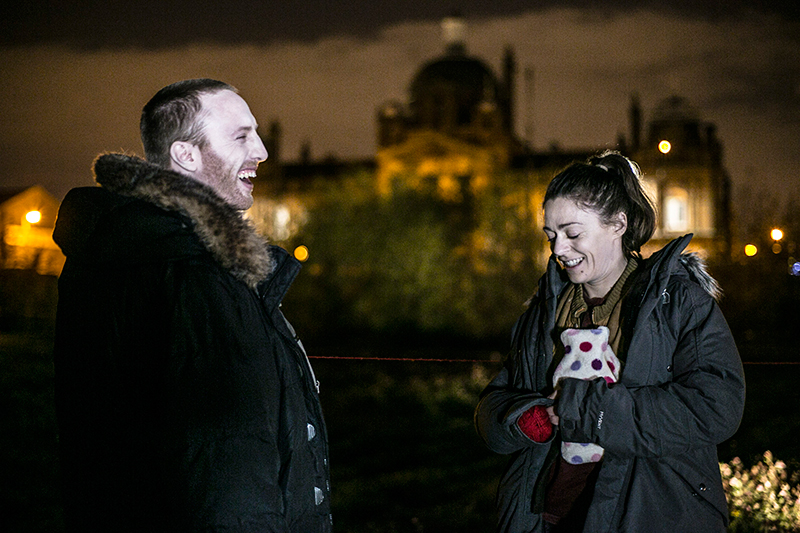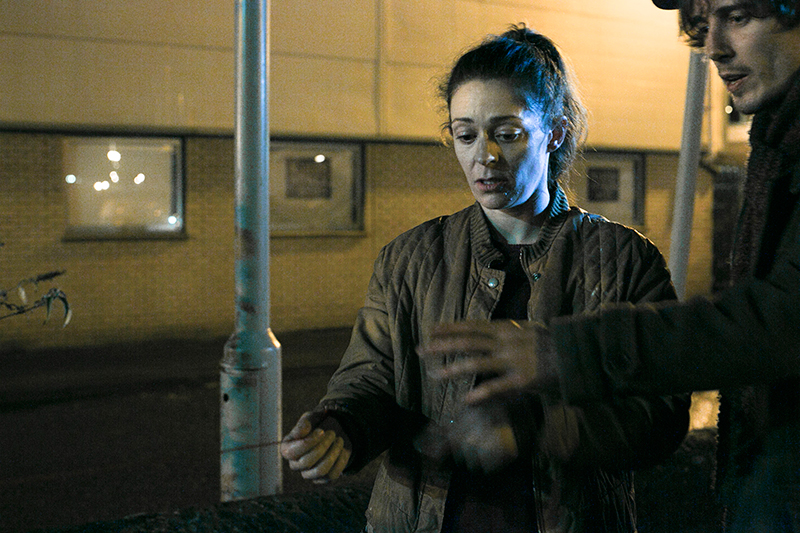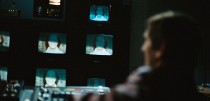Ciaran Lyons is a Glasgow based filmmaker, specialising in music videos. He directs, edits, and creates low-tech, experimental visual effects. Here he explains his creative process in making a two-part music video series for the band, Hot Since 82.
The two videos were created in response to a commissioning brief from the artist’s management. They wanted “deep, dark visuals” and two videos linked by the same aesthetic style and story, but with the narrative kept fairly loose and abstract.
At the time, I was submitting quite a lot of pitches for a fairly wide variety of acts – from radio-friendly dance music, to guitar-based rock. Once I’m sent a brief, I’ll have only a couple of days after first hearing the track to come up with an idea and draft up a pitching document to send to the label. It can be tricky jumping between different musical styles and trying to generate strong ideas that I’m committed to making, and that have a decent chance of securing the job. For me, when I’m at the basic ideas stage, there’s no point sitting at a desk with a pen just trying to force something out – and it’s a hundred times worse in front of a computer. What I usually do instead is listen to the track loads of times on a loop while concentrating on any kind of visual or emotional response I feel to it. Usually I don’t really get anything, and just find myself getting sleepy. At this point I kneel on the floor with my head resting on a chair in a really uncomfortable position, and drift off to sleep. Ten minutes, I tend to wake up with sore knees and the beginnings of an idea.
For this project, the initial idea involved a mysterious night time journey through an alien and deserted cityscape. I imagined the ‘walker’ being small within the frame, and swamped by darkness – always kind of frightened by what was around the next corner, but somehow compelled to keep going; inexorably, rhythmically, as though in a dream.
After kneeling on the floor, the next stage of my process involves getting out the pen and paper and approaching the initial idea with a critical eye and some discipline – thinking about how any specific effects or visuals can be achieved; taking the brief, budget and deadline into consideration; and starting to work out how the idea might be structured over the duration of the track. At this stage, it sometimes helps if I think of the idea as someone else’s crap brainwave that I’ve been tasked with whipping into shape – it makes it easier to leave the first type of woolly thinking behind, and get on with preparing a developed idea. (I should mention that I’m sometimes helped out at this stage by Halcyon directors Jack and Alex – for them it really is someone else’s crap brainwave). The outcome of this stage should be the creation of a pitching document to send to the label. This should give a good sense of the idea – the look, the atmosphere, the narrative trajectory. It has to be appealing to try and win the job, but also achievable, in case I do.
On this occasion, my pitch was successful, and the project rolled into motion. Beth Allan from Forest of Black came on board early on as the Producer, and we worked together closely during pre-production. She brought together all the logistical side of things – organising the crew, the scheduling, the budget, the equipment, the contracts, and probably a hundred other things I never even knew about. Meanwhile, I was working on the storyboard and shot list during the day, and at night, cycling around Glasgow taking pictures of potential locations.
As Beth brought new crew members on board, I would discuss with them what I was looking for. It was my first time working with a professional Production Designer (Moley Campbell), Make-Up Artist (Nicole Stafford), and Costume Designer (Louise Allen), and they really brought the project to life.
The filming technique employed was slightly unusual, and involved the performers having to move extremely slowly while we took a series of photographs. Having tried the required movement myself in the creation of the test footage, I was aware how physically demanding it was. Consequently, I decided that it would be best to cast dancers rather than actors, to ensure that they had the necessary physical control and stamina to create the desired aesthetic. Jen Farmer and Rob Heaslip took the leading roles, with Sarah Swires and Julian Capolei doing an amazing job on the ‘dancing couple sequence’.
The shoot itself was a slog, but by that point, the vast majority of my contribution was already complete. The real hard work at this point fell to Michael Sherrington (Director of Photography), Rory Stewart (Assistant Director), and of course, the actors. The process of filming can be fairly stressful, so I like to have made my creative decisions in advance – I just turn up on the day with a clipboard and stick to the plan.
For more work by Ciaran, see his showcase on Central Station here or visit the links below.
More: Website | Vimeo | Twitter
//////
Want to read more blogs by artists? Look here.


















Comments